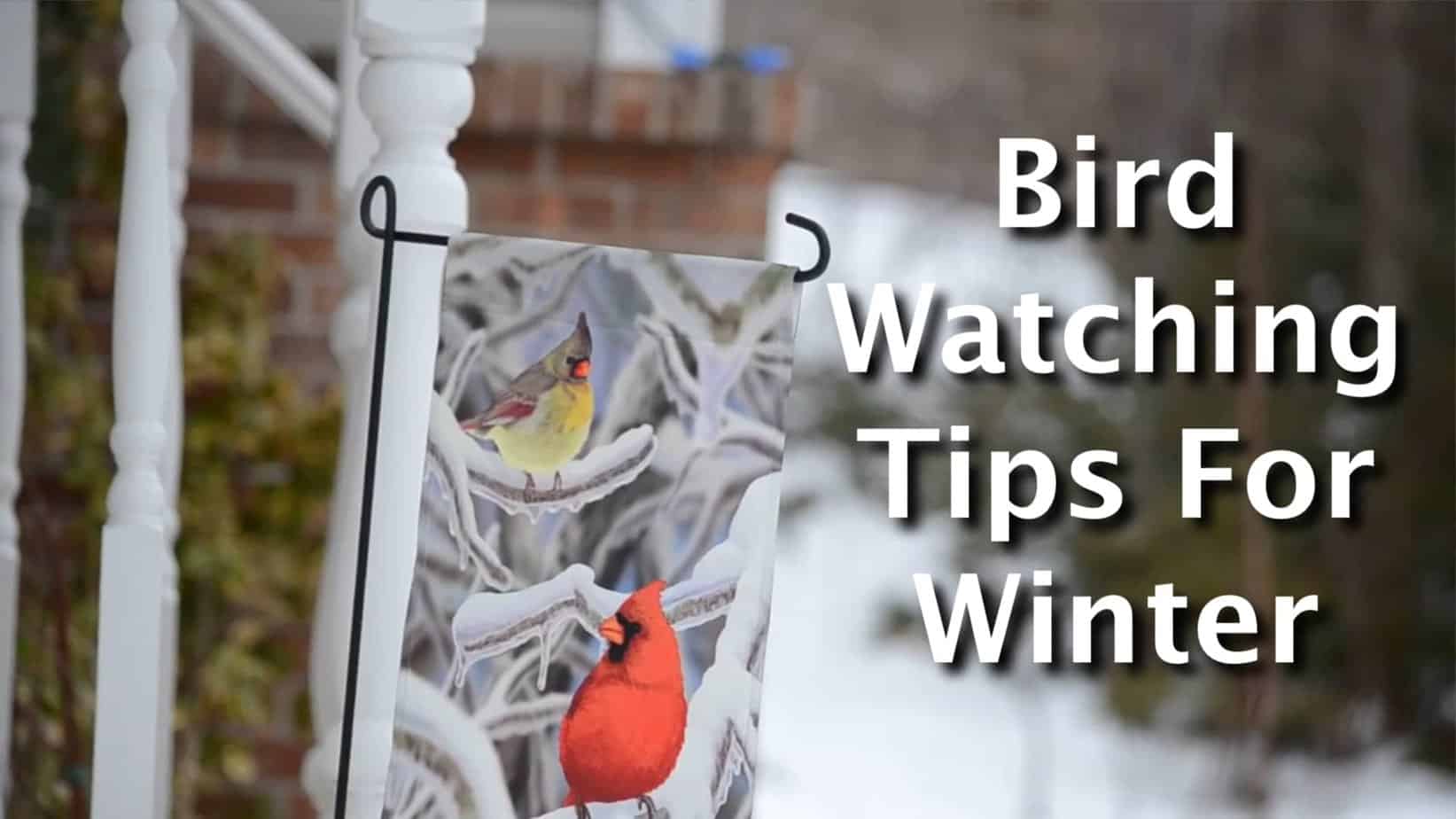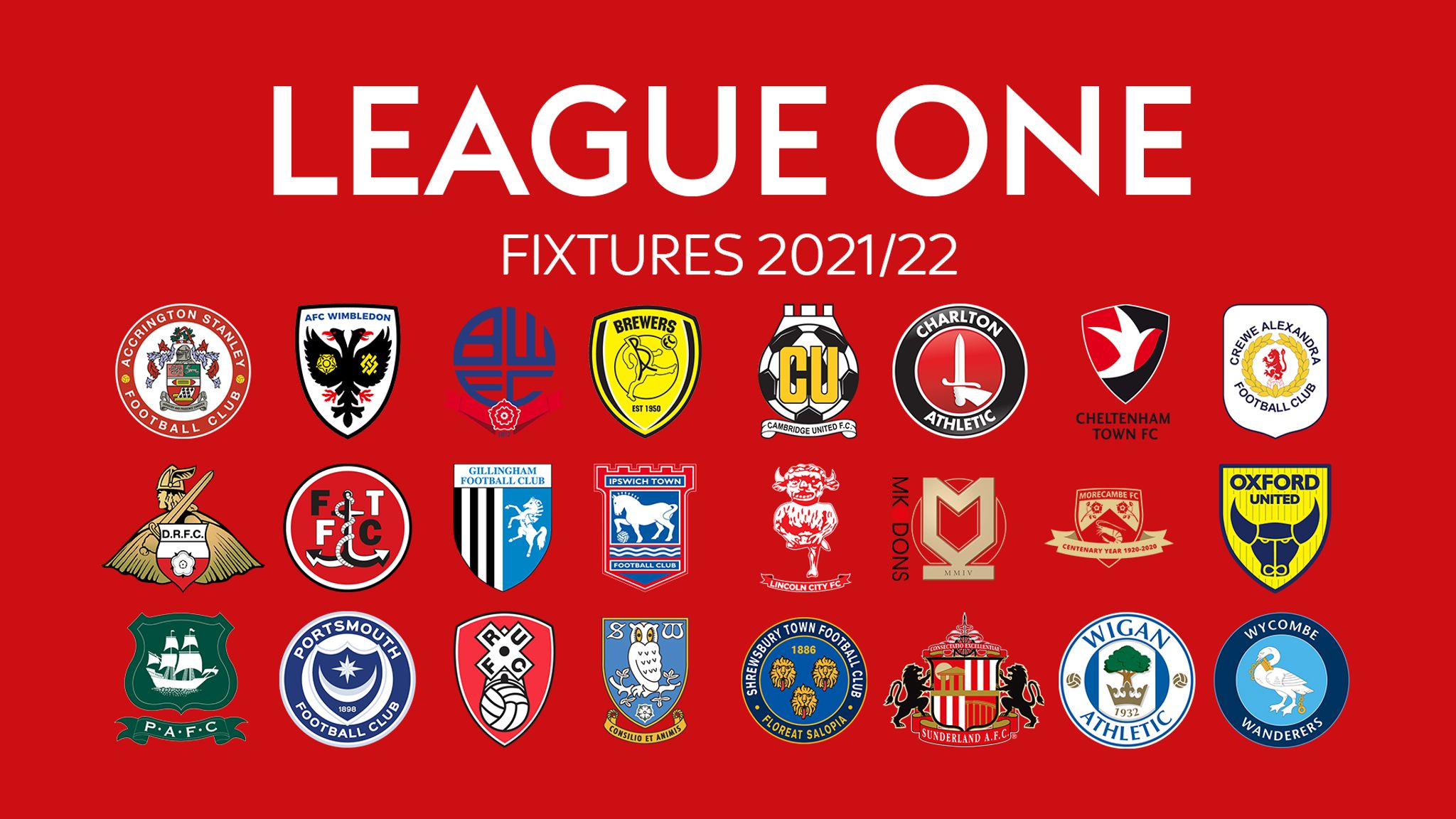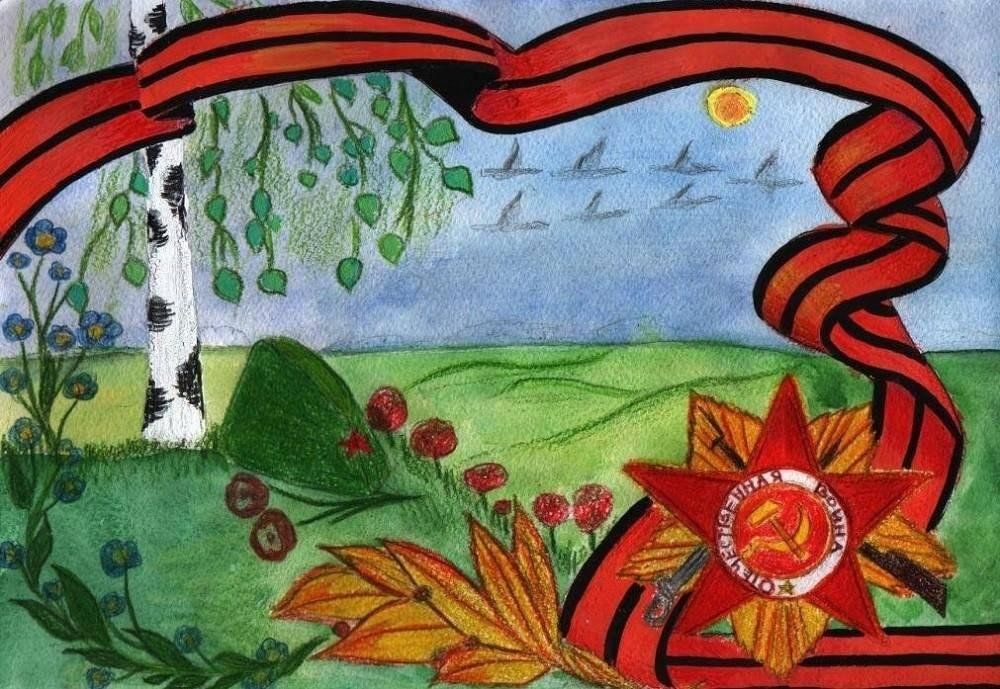Advanced Winterwatch Techniques For Experienced Birdwatchers

Table of Contents
Mastering Winter Bird Identification
Winter presents unique challenges for bird identification. Fewer leaves on trees offer increased visibility, but shorter days and duller light conditions demand advanced techniques.
Beyond Plumage: Behavioral Clues in Winter
While plumage is crucial, focusing solely on feather colors in winter can be misleading. Winter bird identification often requires paying close attention to behavior. Many species exhibit distinct winter behaviors adapted to survive harsh conditions.
- Foraging Techniques: Observe how birds forage. Do they glean insects from branches (like chickadees), hammer at bark (like woodpeckers), or probe in the snow (like juncos)?
- Flocking Patterns: Note the size and composition of bird flocks. Some species flock in large numbers during winter for warmth and protection, while others remain solitary.
- Vocalizations: Winter calls can be different from breeding season songs. Listen carefully for distinctive calls, which can provide crucial identification clues, such as the Northern Cardinal's clear whistles.
- Species-Specific Adaptations: Understanding how species adapt to the cold (e.g., increased insulation, altered foraging strategies) enhances identification accuracy.
Utilizing Optics for Low-Light Conditions
High-quality optics are essential for winter birdwatching. Low light conditions necessitate binoculars and spotting scopes with superior light transmission and image stabilization.
- Binoculars & Spotting Scopes: Invest in optics with wide lenses and excellent low-light performance. Consider models with image stabilization to compensate for shaky hands in cold weather.
- Optimizing Focus and Light: Learn to maximize the light-gathering capabilities of your equipment. Use a tripod for added stability, especially with a spotting scope. Practice focusing techniques for sharp images in low light.
- Recommended Optics: Look for features like large objective lenses (e.g., 42mm or larger for binoculars), high-quality prisms (e.g., BaK-4), and fully multi-coated lenses for enhanced light transmission.
Mastering Winter Plumage Variations
While some birds retain their breeding plumage through winter, many species show subtle plumage changes. Understanding these variations is crucial for accurate winter bird identification.
- Subtle Changes: Many species exhibit variations in the intensity of their colors or minor feather changes. These variations can be subtle but crucial for identification.
- Age and Sex Variations: Remember that age and sex can also influence plumage. Immature birds may look different than adults, even within the same species.
- Examples: Some ducks, raptors, and other species have distinct winter plumages. Familiarize yourself with these variations through field guides and online resources.
Advanced Winter Habitat Awareness
Understanding winter habitats is key to successful winter birdwatching. Knowing where to look dramatically increases your chances of observing specific species.
Identifying Key Winter Habitats
Winter alters bird habitats significantly. Food sources become scarce, forcing birds to congregate in areas with abundant food and shelter.
- Food Scarcity: Birds concentrate near remaining food sources like berry-producing shrubs, seed-bearing trees, or bird feeders.
- Winter Habitats: Explore various habitats, including:
- Coniferous Forests: Provide shelter and some food sources for birds like chickadees, nuthatches, and owls.
- Riparian Zones: Areas along water sources offer open water for drinking and foraging opportunities.
- Bird Feeders: Strategically placed feeders can attract a variety of species.
Predicting Bird Movement and Migration Patterns
Weather patterns and food availability greatly influence winter bird distribution. Learning to predict bird movement improves your chances of successful sightings.
- Weather Impact: Cold snaps or snowstorms can force birds to move to more sheltered locations. Conversely, milder weather might draw them into more exposed areas.
- Food Availability: The abundance of food sources in a given area dictates the presence or absence of certain bird species.
- Forecasting: Use weather forecasts and local birdwatching reports to anticipate bird movement and adjust your birding plans accordingly.
Utilizing Technology for Enhanced Habitat Mapping
Technology enhances winter birdwatching by providing tools for mapping observations and accessing relevant information.
- Bird Identification Apps: Use apps like Merlin Bird ID or eBird to assist with identification and record your sightings.
- Online Databases: eBird and other online databases allow you to access bird sightings data, helping you find areas with high concentrations of specific species.
- Citizen Science: Participate in citizen science projects like the Christmas Bird Count to contribute to conservation efforts and learn from other birders.
Ethical and Sustainable Winter Birdwatching Practices
Ethical considerations are paramount, especially during winter when birds are already facing challenges.
Minimizing Disturbance to Wintering Birds
Respect birds’ space and avoid causing unnecessary stress, especially during winter.
- Appropriate Distance: Maintain a safe distance and avoid approaching nests or roosting sites.
- Minimize Noise: Keep noise levels low to avoid disturbing birds.
- Ethical Observation: Use blinds or camouflage clothing to observe birds without causing disruption. Avoid using flash photography, which can startle birds.
Supporting Winter Bird Populations Through Conservation
Contribute to the well-being of wintering birds through responsible actions.
- Habitat Protection: Support organizations that work to protect and restore bird habitats.
- Responsible Bird Feeding: Provide appropriate food and water sources, but avoid attracting unwanted species or creating unhealthy dependencies. Clean feeders regularly.
- Avoid Pesticides: Use bird-friendly pest control methods in your garden to protect birds from harmful chemicals.
The Role of Citizen Science in Winter Bird Monitoring
Citizen science projects play a vital role in monitoring winter bird populations and informing conservation strategies.
- Winter Bird Counts: Participate in organized winter bird counts like the Christmas Bird Count to contribute valuable data.
- Data Contribution: Your observations, even casual ones recorded via apps like eBird, contribute to a larger database used for research and conservation.
- Examples: Look for local or national bird monitoring programs that align with your birding interests.
Conclusion
Mastering advanced winterwatch techniques transforms your birdwatching experience, allowing you to connect with avian life on a deeper level. By improving your identification skills, understanding winter habitats, and prioritizing ethical practices, you'll elevate your winter birdwatching to new heights. Continue honing your skills and enjoy the rewarding world of advanced winter birdwatching! Start planning your next advanced winter birdwatching adventure today!

Featured Posts
-
 Efl Highlights Your Guide To The Best English Football League Moments
May 13, 2025
Efl Highlights Your Guide To The Best English Football League Moments
May 13, 2025 -
 Madrid Open 2024 Sabalenkas Winning Performance Against Gauff
May 13, 2025
Madrid Open 2024 Sabalenkas Winning Performance Against Gauff
May 13, 2025 -
 Agressiya Sobolenko Reaktsiya Na Intsident V Madride
May 13, 2025
Agressiya Sobolenko Reaktsiya Na Intsident V Madride
May 13, 2025 -
 Dodgers Reportedly Planning Aggressive Bid For Top Mlb Free Agent
May 13, 2025
Dodgers Reportedly Planning Aggressive Bid For Top Mlb Free Agent
May 13, 2025 -
 Vyplaty Veteranam Eao K 80 Letiyu Pobedy Podrobnosti
May 13, 2025
Vyplaty Veteranam Eao K 80 Letiyu Pobedy Podrobnosti
May 13, 2025
